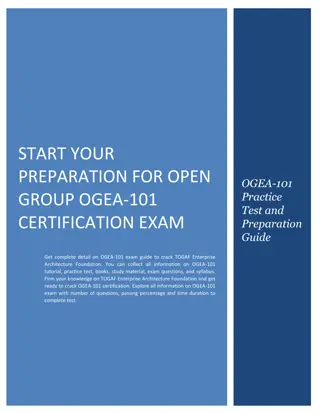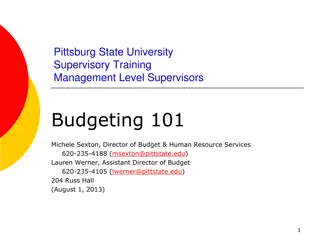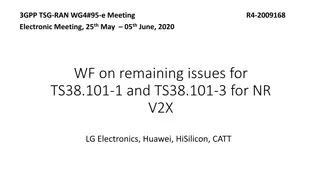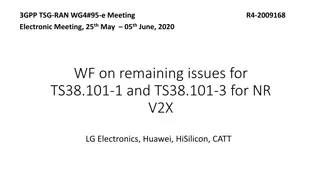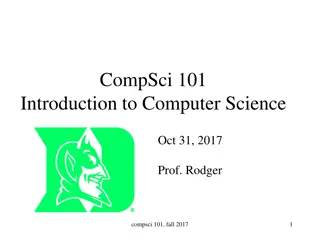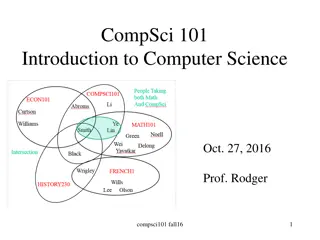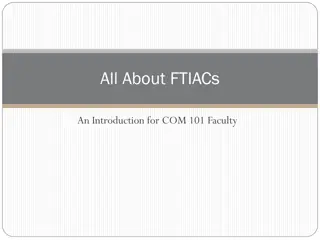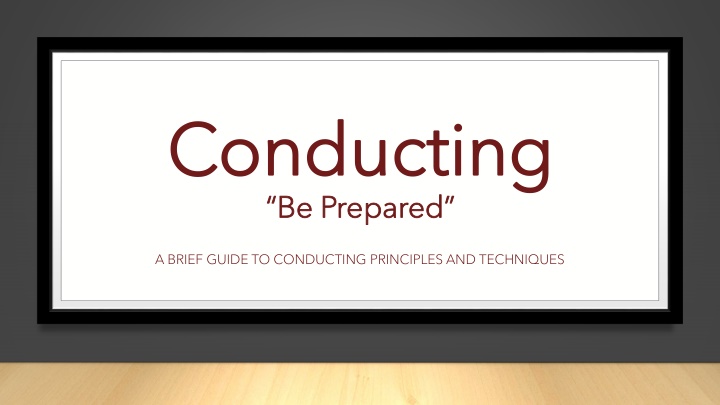
Guide to Conducting Principles and Techniques
Explore the essential roles, characteristics, communication methods, baton techniques, meter patterns, and movement analysis in conducting. Learn how conductors manage tempo, motivate, and lead ensembles effectively.
Download Presentation

Please find below an Image/Link to download the presentation.
The content on the website is provided AS IS for your information and personal use only. It may not be sold, licensed, or shared on other websites without obtaining consent from the author. If you encounter any issues during the download, it is possible that the publisher has removed the file from their server.
You are allowed to download the files provided on this website for personal or commercial use, subject to the condition that they are used lawfully. All files are the property of their respective owners.
The content on the website is provided AS IS for your information and personal use only. It may not be sold, licensed, or shared on other websites without obtaining consent from the author.
E N D
Presentation Transcript
Conducting Conducting Be Prepared Be Prepared A BRIEF GUIDE TO CONDUCTING PRINCIPLES AND TECHNIQUES
What is the Role of the Conductor? Beat and Tempo Manager Source of Composition Interpretation Error Correction Source of Motivation Planner and Organizer Rehearsals Concerts Logistics
Characteristics of the Conductor Passionate Knowledgeable Prepared Charismatic Dedicated Patient Hard-working Talented Enthusiastic Entertaining Prompt Encouraging Expressive Confident Flexible Empathetic Mentally Agile think on feet Multi-tasker Attentive (good listener) And ?
Conductor and Communication How does the conductor communication with the ensemble? Baton Facial Expressions Eyes and Eyebrows Mouth (open vs closed) Eye Contact Head position Posture and Body Language Stance Shoulders Chest (open vs closed) Others?
Baton Grip Held with thumb and first finger where handle meets the shaft Remaining three wrap around loosely The hand is a heart shape when holding the baton Create an extension of the arm with slight bend inward The grip is relaxed and comfortable
Basic Patterns of Meter 2 3 4
Basic Patterns of Meter 1 5 Pattern of 5 Pattern of 1 3+2 or 2+3
Effort Action or Action Drive Rudolf Laban Space Weight Time Combinations Austro-Hungarian Dance Artist Pioneer of Modern Dance in Europe Movement Analysis Flick (flick) Wring/Twist (wrists) Float (up and down) Dab (fingertips down) Glide (left to right smooth) Punch (punch) Press (long sustain - forward slow) Slash (looks like chop)
General Tips You are showing HOW to play not NOW play Avoid Bob are you keeping time in your head? Look like the Music Avoid HITTING the sound During a phrase, do not blink or look away A Fermata needs movement (i.e. Float). It may be guided by the resonance of the room. Lats not Traps. Check for tension. Legato the wrist leads. Faster hot stove lift off. Slower Lateral movement.
Patterns: Discussion Common time patterns collected from multiple conductors 1: Ericson 2: Lijnschoote, 3: Philips 4: Lumley 5: Schaper 6: Lijnschooten 7: Bimberg 8: Thomas 9: G stl Beat position point plane Consider: Turning points (lower and upper)
Post the order every day! Not necessarily everything but something. Remove empty chairs from between musicians. Teach to use Ears. Guide their Ears. Students Listen Up for Style and Down for Balance. Warm-up Should build skill and used to teach a musical concept. No one will be fooled by false enthusiasm. Use formal terms Coda, Diminuendo, Con Brio, etc. Expert at ppp Plan alternative methods for trouble spots. Change podium height for different conductors. Start and End on Time! There is never enough time! You control the pace, the productivity, and climate of the rehearsal Look up as much as possible. Don t look down at the first measure or when you bring your hands up. ALWAYS HAVE A PLAN! Rehearsals


